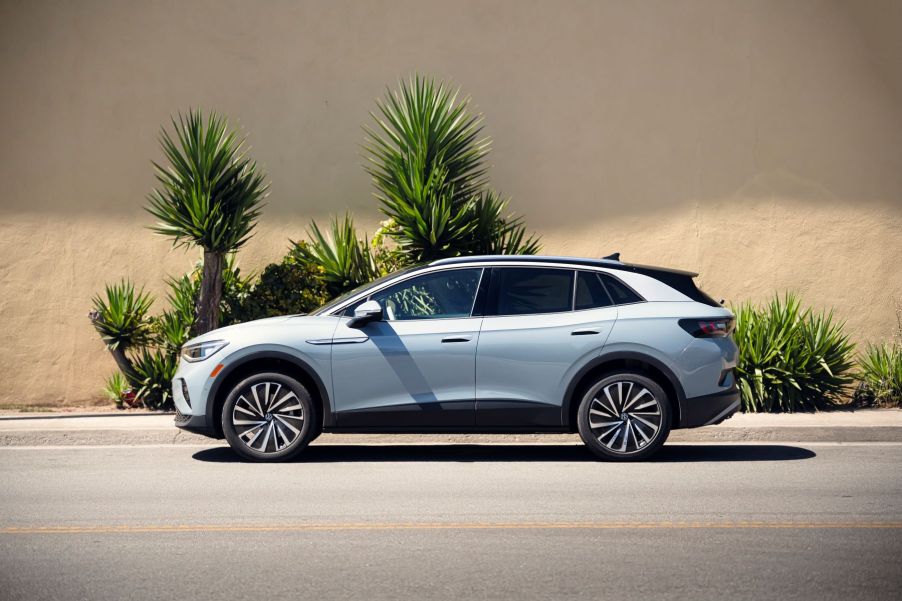
3 Reasons Why Electric Cars Are Bad for Off-Road Adventures
Off-road adventures are a great way to explore nature, and a popular way to go on off-road adventures is with a rough-and-ready four-wheel drive (4WD) vehicle. That said, not all cars are suitable for off-roading, which is a big concern that off-roading enthusiasts have about EVs. Here’s a look at how EVs perform off-road and three reasons why EVs are bad for off-road adventures (at least for now).
1. Electric vehicles will use more of their range when they go off-road
One of the best things about EVs is that their electric motors generate a lot of torque; unlike gas-powered engines, that torque is instant. This is why EVs, even the cheap ones, will have a good acceleration time, as torque is a big factor in how fast a car accelerates. Torque is also useful for off-roading, as cars need a lot of torque to climb hills.
EVs can climb up hills well, but off-roading introduces a new issue for EVs. According to Sabino Canyon, EVs need a lot of energy to climb hills. Gas-powered cars do too, but gas-powered cars have more range than EVs. As such, range is a more significant issue for EVs when they go off-road, as EVs have less energy to spare for going up hills than gas-powered cars do.
2. EVs tend to have poor ground clearance

Another issue is ground clearance. Good off-roaders will have a lot of ground clearance, which will help the car avoid obstacles hitting its undercarriage. As a segment, EVs tend to have poor ground clearance, mainly because most EVs aren’t designed to go off-road, so automakers don’t invest much into this spec. For example, the Kia EV6 has about 6.1 inches of ground clearance, while the Kia Niro EV has 5.9 inches.
3. Low ground clearance is doubly bad due to the battery location
An EV’s low ground clearance is made worse because EV batteries tend to be on the car’s undercarriage. This is a problem since, if the EV goes off-road, it risks coming into contact with an obstacle that can damage the undercarriage. The worst-case scenario is that the obstacle manages to damage the EV’s battery due to the impact.
EV batteries are some of the most important and expensive parts of an EV, so it’s a bad idea to damage them. Replacing them will also be costly and could set drivers back thousands of dollars.
Despite these issues, some EVs can still off-road well
That said, some EVs are designed to go off-road and won’t necessarily come into the same issues that most other EVs will. It won’t be cheap, but the Rivian R1S and R1T are good examples of EVs that can go off-road. They have 8.8 inches of ground clearance, and thanks to their adjustable suspension, they can get upwards of 14 inches of ground clearance.
The R1S and R1T can be equipped with long-range battery packs, allowing them to drive for over 300 miles. As a result, this should alleviate some of the range concerns that off-roaders have about EVs. Rivian vehicles are expensive though, and even the standard version costs over $70,000.
Another good thing about EVs is that drivers can get all-wheel drive affordably. This is because many EVs come with all-wheel drive as a standard feature, including a few EVs that can off-road well. The Subaru Solterra is an example of this, as it’s an EV with good off-road capability that starts at about $45,000.



